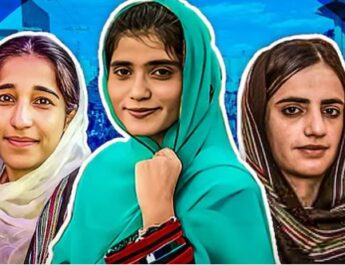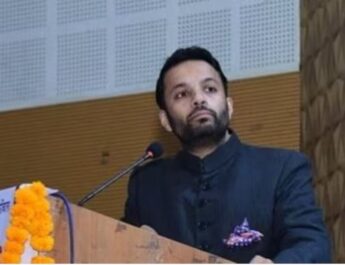The preparations for the International Yoga Day have commenced, and various government departments, including the Ministry of Ayush, are getting ready for the event. Now the Ministry of Statistics & Program Implementation (MoSPI) recently published a survey report on Ayush. This report was released yesterday.
The National Sample Survey Organisation is currently conducting a survey as part of the 79th round of the National Sample Survey (NSS). It is noteworthy that this is the inaugural release of any data on Ayush by the government of India. The survey has yielded significant findings regarding Ayush, and the resulting report encompasses data on the awareness, usage, and expenditure of Ayush in both rural and urban areas of India.
The findings indicate that approximately 95% of respondents in rural areas and 96% in urban areas are familiar with Ayush. In around 85% of rural households and 86% of urban households, at least one member is knowledgeable about Medicinal Plants, Home remedies, Local Health Tradition, or Folk medicine. Moreover, 46% of individuals in rural areas and 53% in urban areas have utilised Ayush for preventing or treating illnesses within the last year. Ayurveda is the most widely used system for treatment in both rural and urban regions. Ayush is mainly employed for rejuvenation and preventive purposes. As per the report, a person in rural India spent 394 rupees on Ayush Medicine, while an urban resident spent 499 rupees.
The survey aimed to gather data on: Familiarity of individuals with the traditional healthcare system (Ayush system of medicine), Utilisation of Ayush for preventing or treating illnesses, Knowledge of households regarding home remedies, herbal plants, and local health practices/folk medicine. Furthermore, the survey also collected data on household expenses for treatments involving Ayush medicinal systems.
According to the reports, the term ‘Utilisation of Ayush system of medicines’ pertains to the utilisation or adoption of one or more of the systems of Ayurveda, Yoga, Unani, Siddha, Sowa-Rigpa, and Homeopathy for the purpose of treating or curing diseases/ailments, as well as preventing them, based on the guidance of a medical practitioner/instructor. This also encompasses the use of remedies or self-medication/self-treatment within a household, where a member is aware of the preventive or beneficial effects of the treatment/medication.
The survey took place between July 2022 and June 2023, as a component of the 79th cycle of the National Sample Survey (NSS) conducted by the National Sample Survey Organizations, which operates under the Ministry of Statistics & Programme Implementation. The survey on Ayush employed a stratified multi-stage sampling design. In this design, the first stage units (FSU) were villages in rural areas and urban frame survey (UFS) blocks in urban areas or sub-units (SU) of villages or UFS blocks. The ultimate stage units (USU) were households in both sectors. For the selection of FSUs and households, Simple Random Sampling Without Replacement (SRSWOR) was utilised.




